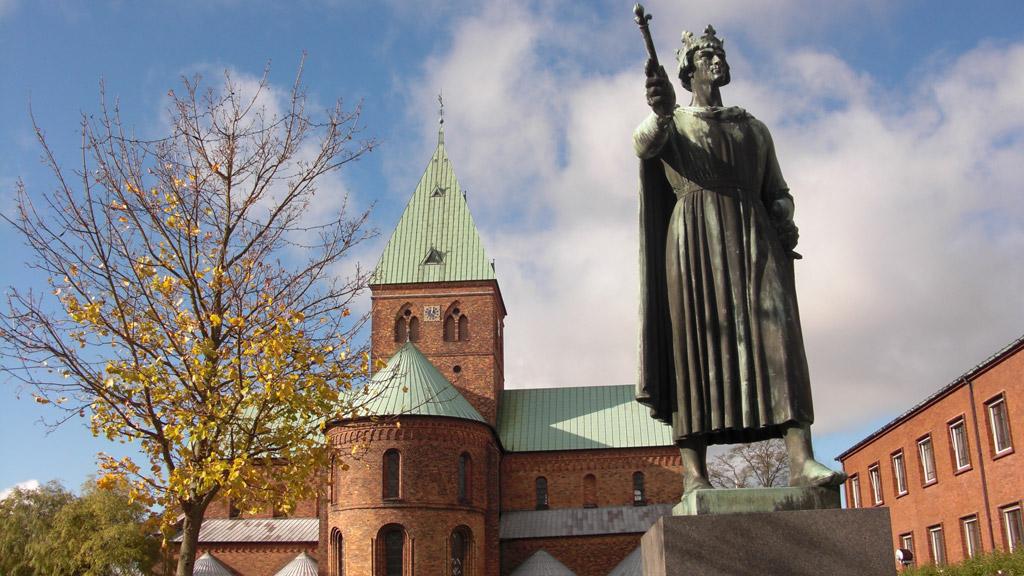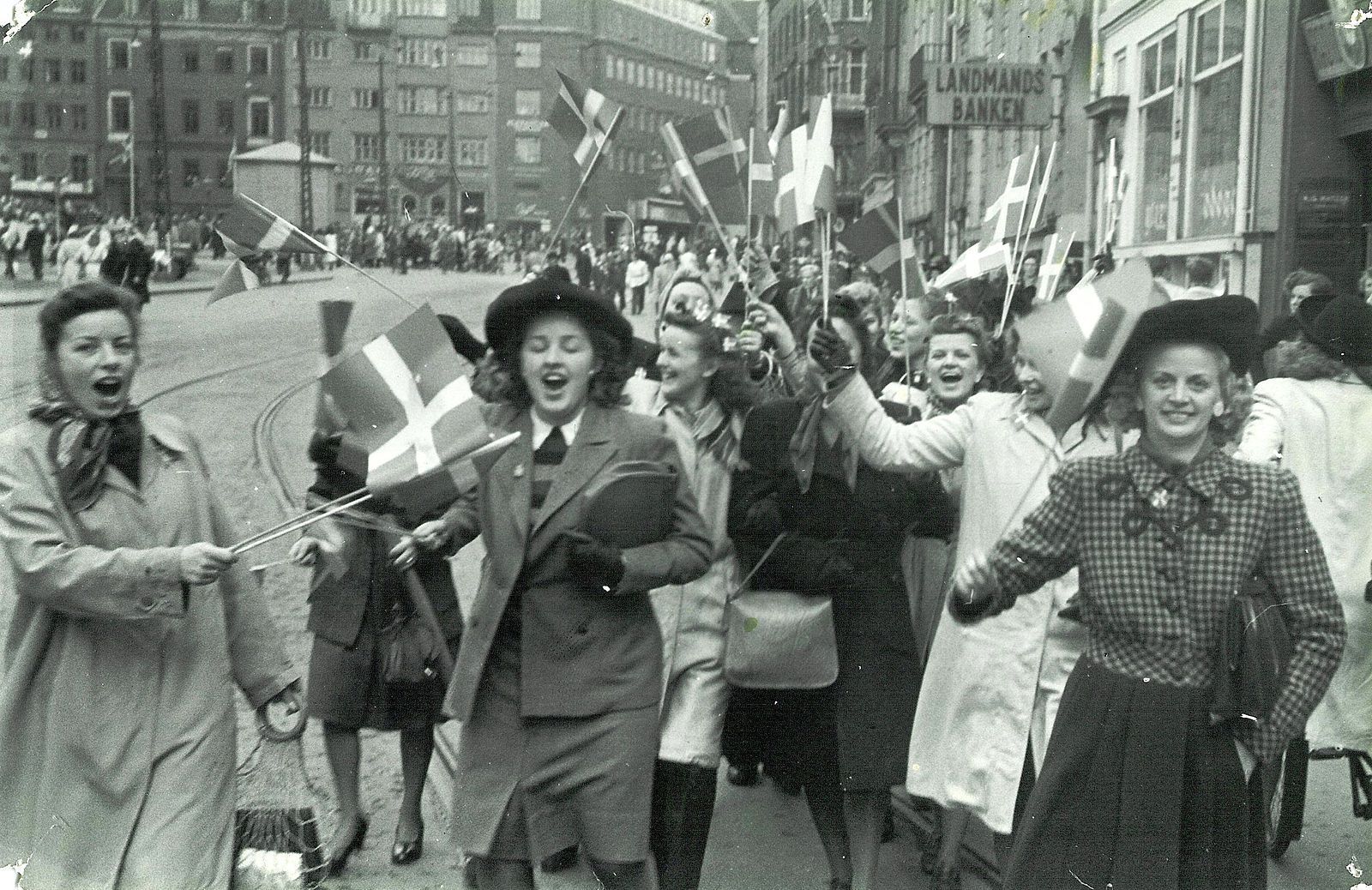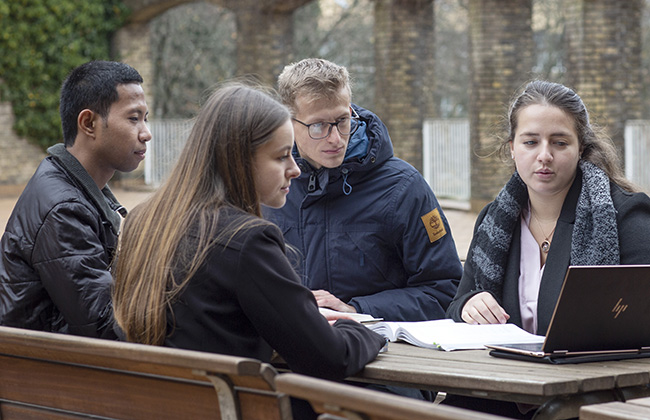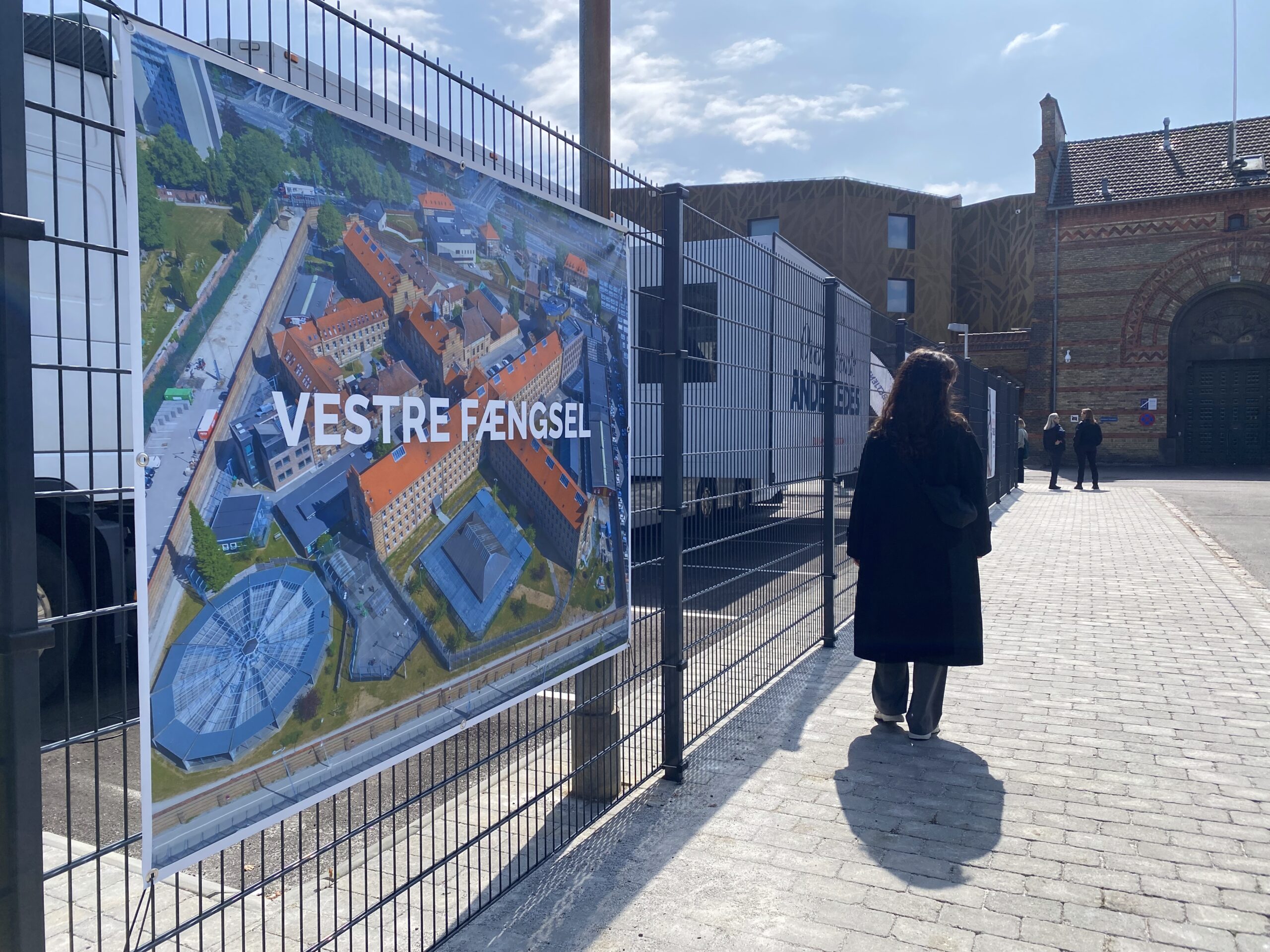The year is 1157 and Denmark has been torn by civil war for years, leaving the coasts vulnerable to attacks from pillaging pirates. Three rivals, Svend, Knud and Valdemar, have been fighting for the throne throughout the 1150s, with no end in sight. Valdemar had been allied with Svend at the beginning of the conflict, but later decided to join forces with Knud – a decision that would nearly cost Valdemar his life.
We three nasty kings
In the spring of 1157– after pressure from some of the country’s biggest landowners – Valdemar and Knud decided to negotiate with Svend, who they had recently thwarted in his attempt to take Denmark by force.
A deal was made: Valdemar became king of Jutland, Knud got the islands, while Svend now presided over Scania.
The peace agreement was to be celebrated at Svend’s estate in Roskilde, where a reconciliatory feast was to take place. And it was a big one! For three days the guests were stuffed with trays of food, and the endless streams of beer and wine made sure the guests never saw the bottoms of their goblets.
Wilder than the Red Wedding
On the third evening many of the guests chose to entertain themselves in the yard – probably due to raging hangovers. For that reason there were only a few people left in the building with the three kings. Knud sat next to Valdemar, who was involved in an intense game of chess.
After a while, Svend left the room and armed men quickly entered. Valdemar was still caught up in his game of chess, while Knud acted as if he knew skullduggery was afoot. He kissed Valdemar and left as Svend’s men drew their swords on the gathering – all of whom were unarmed at the so-called reconciliatory feast.
Valdemar, finally discovering the graveness of the situation, jumped to his feet and smartly extinguished the candles – leaving them in semi-darkness. He then threw off his cloak and wrapped it around his arm so he could shield himself from the lethal blades of his enemy’s swords. He threw himself at the leader of the conspirators, Svend’s main man Ditlev, and they both tumbled to the floor. But before Valdemar could get up, he was stabbed in the thigh.
The unkindest cut
At that moment, Valdemar’s men, who had heard the commotion, burst into the room just in time to protect their king from a deadly blow. Valdemar managed to get to his feet and run for the door. He was grabbed by one of Svend’s men, but succeeded in struggling free through the darkness, while the fighting continued in the other room. Ditlev rose to find Knud within striking range. His sword connected with Knud’s head and the king fell to the ground.
Valdemar’s foster brother, the later archbishop Absalon, who was elsewhere on the estate, soon heard that Valdemar and Knud had been murdered. He searched for Valdemar, but could not find him. When he entered the room, where the ambush had taken place, Svend’s men were gone, but Knud was still lying on the floor – the life quickly draining from him. Absalon took off his coat and put it under Knud’s head. A moment later the king exhaled for the last time.
Absalon then fled for his life, narrowly escaping Svend’s men, who seemed to be everywhere. Absalon travelled throughout the night in the hope of reaching his relatives’ estate in Fjenneslev, many miles from Roskilde.
Brotherly love
Valdemar, who was not dead at all, had escaped on foot with only three of his men and made his way out of Roskilde, despite his wounded leg. After acquiring a horse, he finally made it to the estate in Fjenneslev, where Absalon was hiding. They laid low for a while, while trying to figure out how to smuggle the king across to Fyn and finally to his kingdom of Jutland.
Meanwhile, Svend was working overtime to win the PR battle by proclaiming that it was in fact Knud and Valdemar who were responsible for the dramatic bloodshed – stating that it was them who had attempted to murder him. At the same time, he did everything he could to stop Valdemar from escaping Zealand.
He had not bargained on Absalon’s brother, Esbern Snare, though, who took his place in the history books by tricking Svend’s men and getting Valdemar to Jutland safely, despite a massive storm angering the sea.
Another wedding of convenience
Shortly after his return, the no-nonsense Valdemar married Knud’s sister in order to gain the support of the deceased king’s men. The tactical marriage was especially ironic due to the fact that Valdemar’s new father-in-law was actually the reason that Valdemar had never met his own father. Knud’s father had murdered him a week before Valdemar was born.
Knud’s men now joined forced with Valdemar before the final showdown between the two remaining kings. Svend gathered his army and marched towards Valdemar’s Jutland. Valdemar had been waiting for the right time to face Svend and managed to gain great support after news spread of Svend’s treacherous deed in Roskilde. The two armies met in battle outside Viborg in a bloody contest that would decide which blood-line would rule Denmark for generations to come.
A rather un-peasant end
On 23 October 1157, Svend’s men were defeated in a brutal battle, during which Svend fled for his life. Vulnerable and exhausted, he became trapped in a marsh near the battlefield. A peasant recognised him and made good use of his axe by cleaving Svend’s head.
The spilling of Svend’s blood marked the end of the civil war, which had raged since the murder of Valdemar’s father more than a quarter of a century before. Denmark now had a single king who was finally free from bloody domestic struggles. It was now time for Danish forces to stand together and fight their enemies abroad – action that King Valdemar was quick to pursue.













